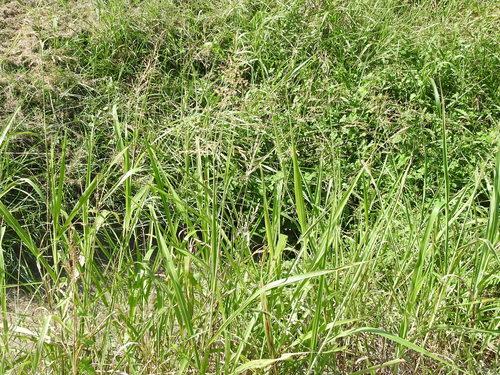
Johnson grass (Sorghum halepense)
Johnson grass, also known as Sudan grass, Evergreen millet
Johnson grass (Sorghum halepense) ranks among the world's ten worst weeds due to its aggressive growth and invasiveness. Capable of spreading quickly through both seeds and rhizomes, it outcompetes crops for essential resources like water, nutrients, and sunlight. Additionally, under stress from frost or heat, it can release hydrogen cyanide, which is toxic to livestock. Its rapid proliferation poses significant challenges for agricultural management and control. The weed is named after Colonel William Johnson, who introduced it widely in Alabama around 1840.
Key Facts About Johnson grass
Attributes of Johnson grass
Lifespan
Perennial
Plant Type
Grass
Plant Height
50 cm to 1.5 m
Spread
1.2 m
Leaf Color
Green White
Flower Size
5 cm to 10 cm
Flower Color
Brown Pink Purple
Scientific Classification of Johnson grass
Phylum
Vascular plants
Class
Monocotyledons
Order
Poales
Family
Grass
Genus
Sorghum
Species
Johnson grass
Toxicity
Ingestion